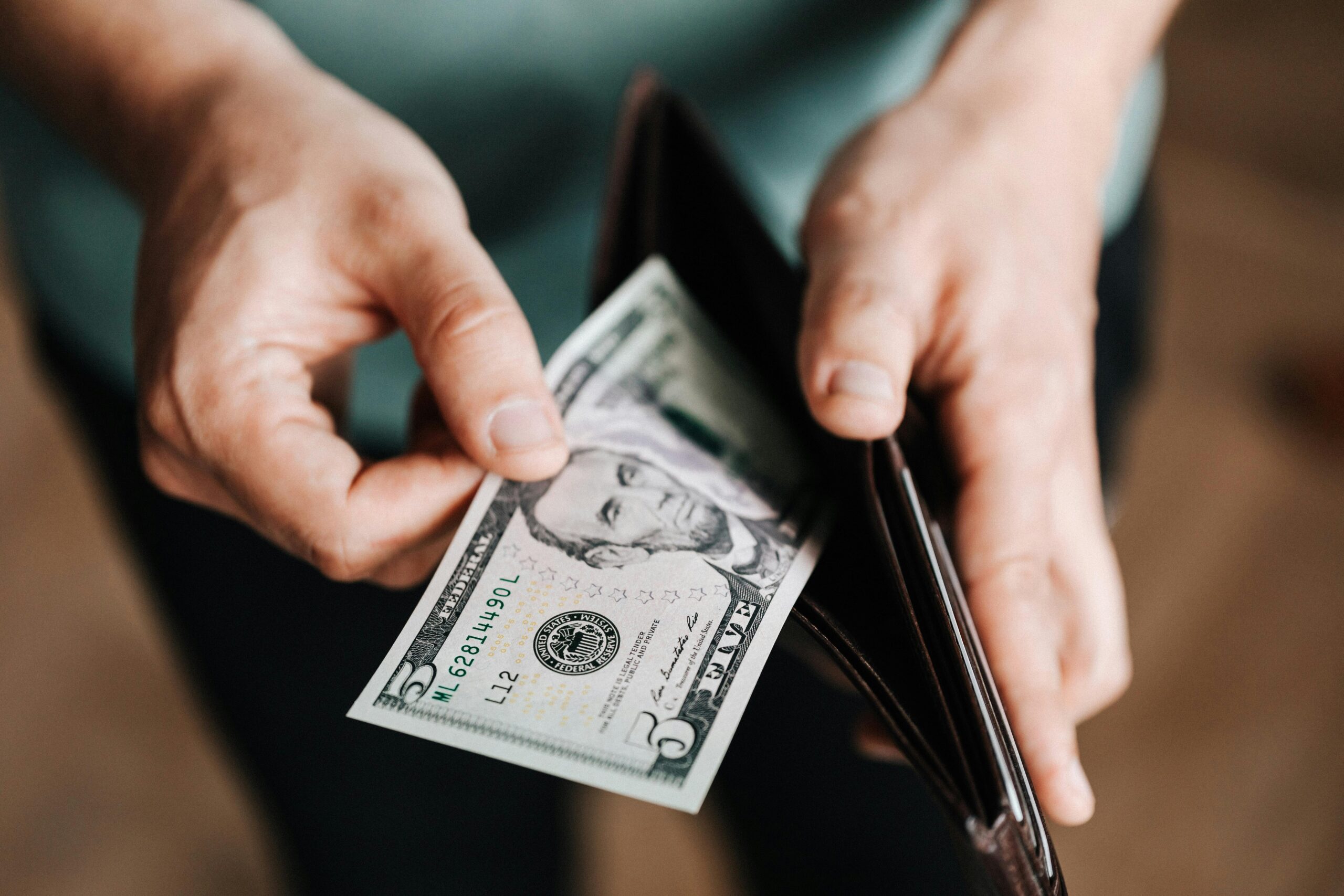Question:
Why Are Acting Headshots So Expensive?
(By Carmichael Phillips)
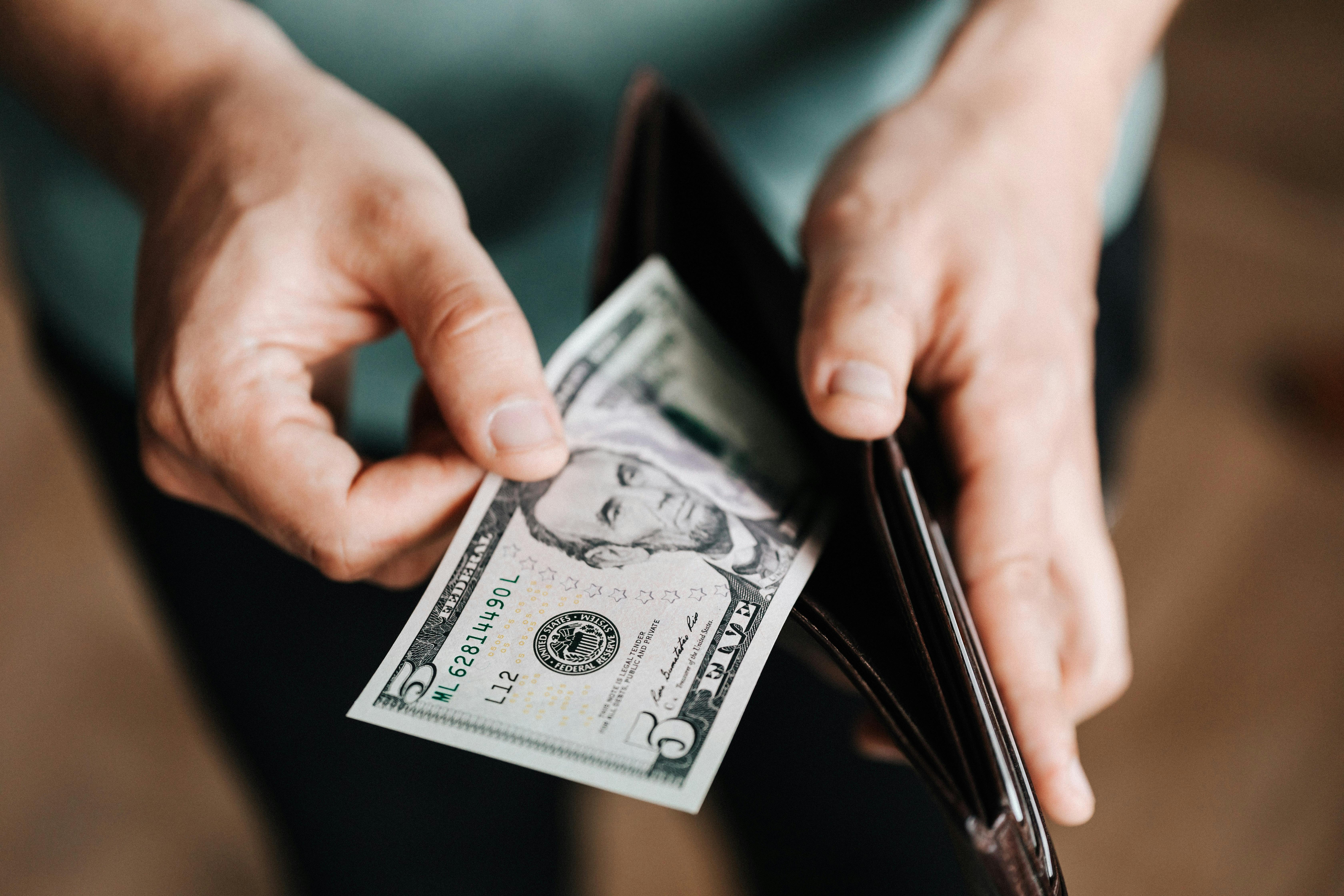 (Photo: Karolina Kaboompics | Pexels)
(Photo: Karolina Kaboompics | Pexels)
Many actors are surprised to find that professional headshots can be quite expensive, often costing hundreds or even thousands of dollars. So why are acting headshots so expensive? The price reflects more than just the photograph itself—it’s about the expertise, time, and resources that go into creating a high-quality headshot that will help an actor stand out to casting directors, agents, and producers.
Specialized Photography Expertise
Acting headshots require a specific type of photography expertise that goes beyond traditional portraiture. A photographer specializing in headshots understands the intricacies of capturing an actor’s personality and essence in a single image. Unlike regular photoshoots, headshots need to convey subtle expressions, emotions, and the actor’s unique “type” for casting purposes.
RELATED: Do actors smile in headshots?
This expertise comes from years of training and experience, and it’s one of the key reasons why professional headshot photographers charge a premium. A headshot photographer knows how to:
Direct actors to create the perfect facial expressions that reflect their brand.
Highlight the actor’s best features while ensuring the headshot looks authentic and professional.
Capture industry-standard images that casting directors expect to see when evaluating actors.
Photographers who specialize in actor headshots understand the nuances of the industry and know how to produce photos that resonate with casting directors, making their services more valuable and thus more expensive.
Professional Equipment
 (Photo: Tim Miroshnichenko | Pexels)
(Photo: Tim Miroshnichenko | Pexels)
High-quality headshots require professional-grade equipment, which can be a significant investment for photographers. This includes:
High-end cameras that capture images with exceptional clarity, sharpness, and detail.
Professional lenses that can create flattering focal lengths and depth of field, ensuring that the actor is the clear focus of the image.
Studio lighting or high-quality natural light techniques that enhance skin tones and create a balanced, well-lit image without harsh shadows.
Editing software that allows photographers to fine-tune and retouch the images while maintaining a natural look.
The cost of this equipment, coupled with the photographer’s knowledge of how to use it effectively, adds to the overall price of a headshot session.
Time and Preparation
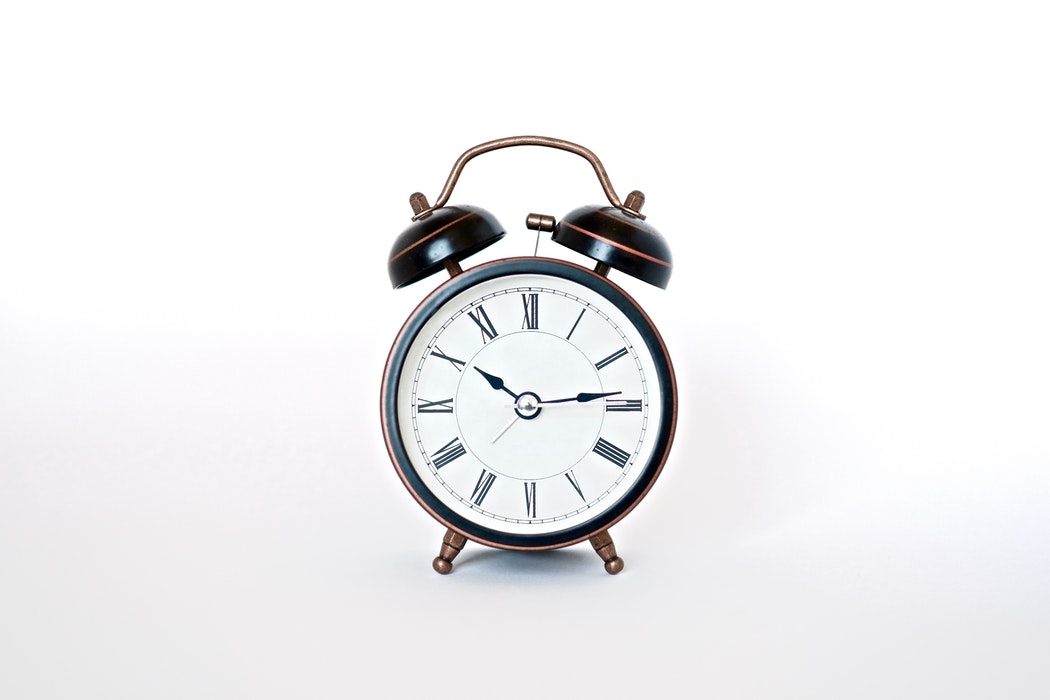 (Photo by Insung Yoon on Unsplash)
(Photo by Insung Yoon on Unsplash)
A great headshot session involves more than just showing up and taking a few photos. It requires preparation and time both before and after the shoot. The photographer may spend time:
Consulting with the actor ahead of time to understand their needs, the type of roles they’re pursuing, and the kind of look they want to achieve.
Setting up the lighting and backdrop to ensure the environment is perfect for the actor’s headshot.
Directing the actor throughout the session to capture a variety of expressions and angles.
RELATED: Should I shoot my own headshots?
The actual shoot may last anywhere from 1 to 3 hours or more, depending on how many looks (outfits or styles) the actor wants to capture. After the shoot, the photographer spends time reviewing, editing, and retouching the images to create a polished final product.
This time investment—both during the session and in post-production—contributes to the cost of professional headshots.
Retouching and Editing
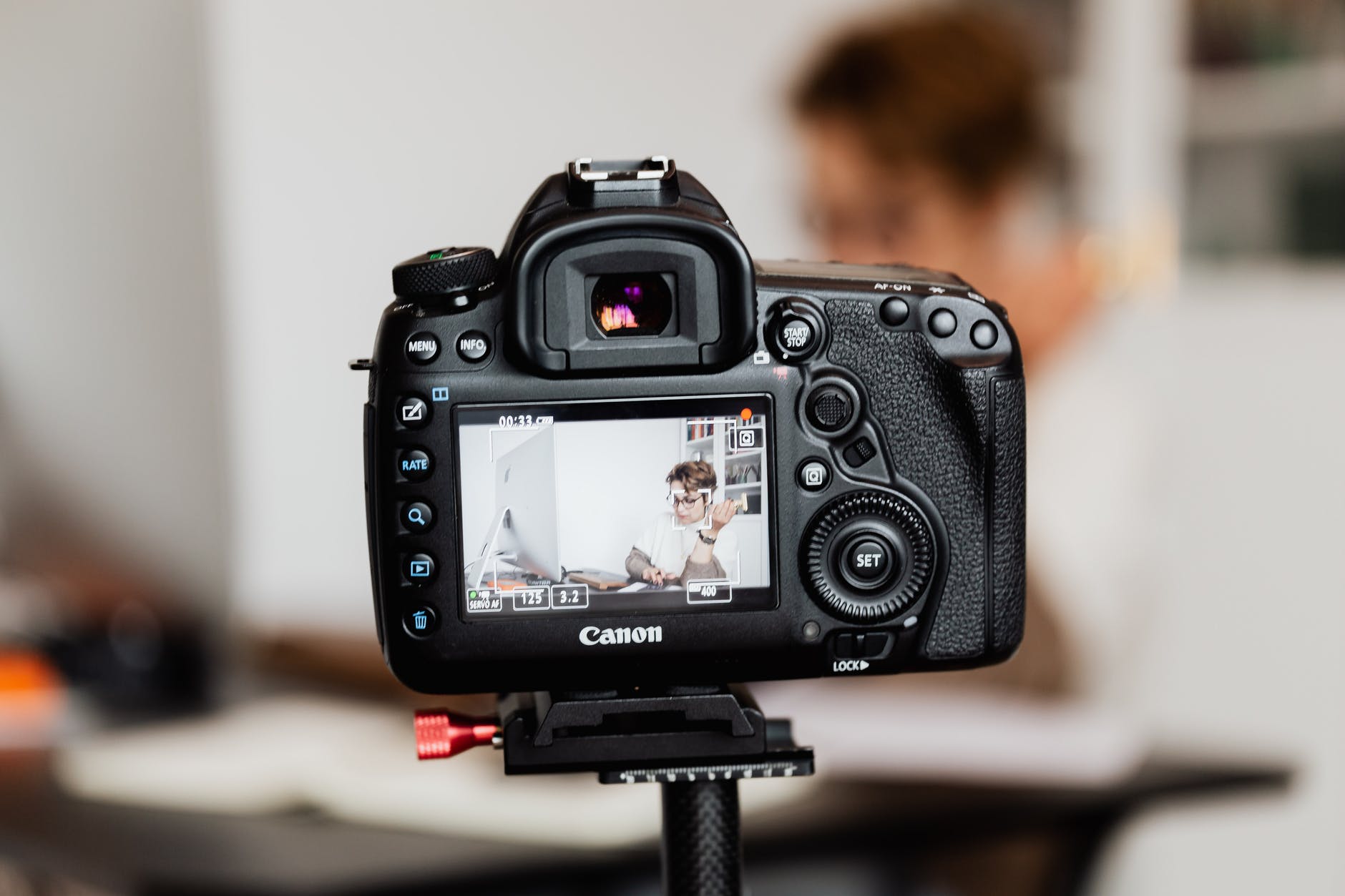 (Photo: Karolina Grabowska | Pexels)
(Photo: Karolina Grabowska | Pexels)
After the shoot, most photographers offer retouching services to enhance the final images. This involves adjusting lighting, color balance, and skin tones, as well as removing any temporary imperfections (such as blemishes or stray hairs). However, retouching must be done carefully to maintain a natural and realistic look that casting directors expect.
Good retouching is a skill that requires a lot of practice and expertise, and it’s one of the services that can make or break a headshot. It’s time-consuming and adds to the overall cost of the headshot package.
Location and Studio Costs
The cost of the photoshoot location also plays a role in the price of headshots. If a photographer operates out of a professional studio, there are overhead costs associated with renting or maintaining that space. Even if the shoot takes place outdoors or on-location, there may be costs associated with travel or securing the right spot for the shoot.
For studio headshots, factors such as equipment setup, lighting, backdrops, and props may all be part of what the photographer charges for. Outdoor shoots may require additional permits or logistical planning, which can also increase the overall price.
Tailoring to the Actor’s Brand
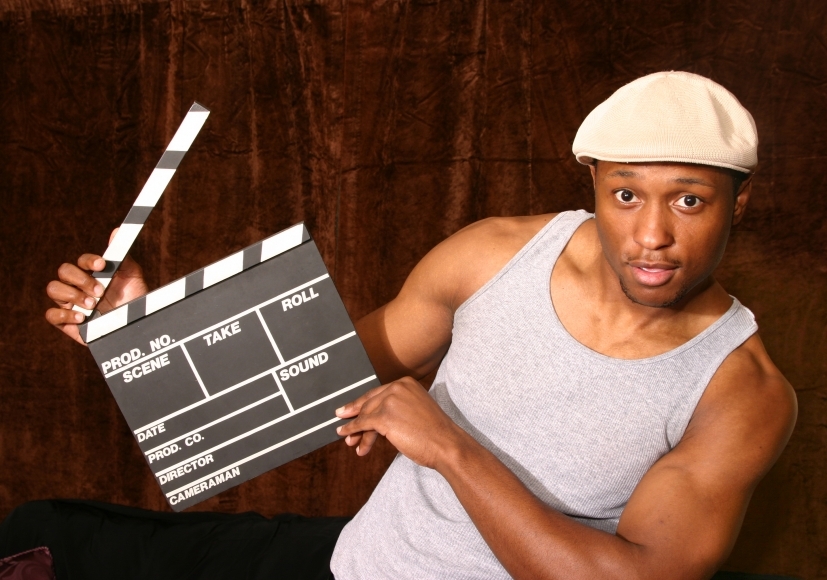
A good headshot photographer doesn’t just take a generic photo; they work with the actor to tailor the shot to the specific types of roles the actor is pursuing. This involves understanding the actor’s “brand”—the unique qualities and characteristics that make them marketable in the industry.
Photographers often offer consultations where they discuss what kinds of roles you are targeting and how your headshot can reflect that. This may involve shooting different “looks” that align with different character types (e.g., a commercial look versus a more serious, dramatic look). Customizing the headshots to reflect an actor’s range adds value and can make the difference between getting an audition or being overlooked.
Photographer Reputation and Experience
The reputation and experience of the photographer also play a significant role in the price of headshots. Photographers who have established a strong reputation in the industry or who have worked with successful actors often charge more because of their track record. Casting directors and agents may be familiar with their work, which can add an extra layer of credibility to your headshots.
Established photographers are often in high demand, and their expertise in capturing the right shot for the actor can justify their higher fees. Actors are paying not just for the headshot itself but for the photographer’s years of experience and their ability to deliver images that meet the industry’s high standards.




